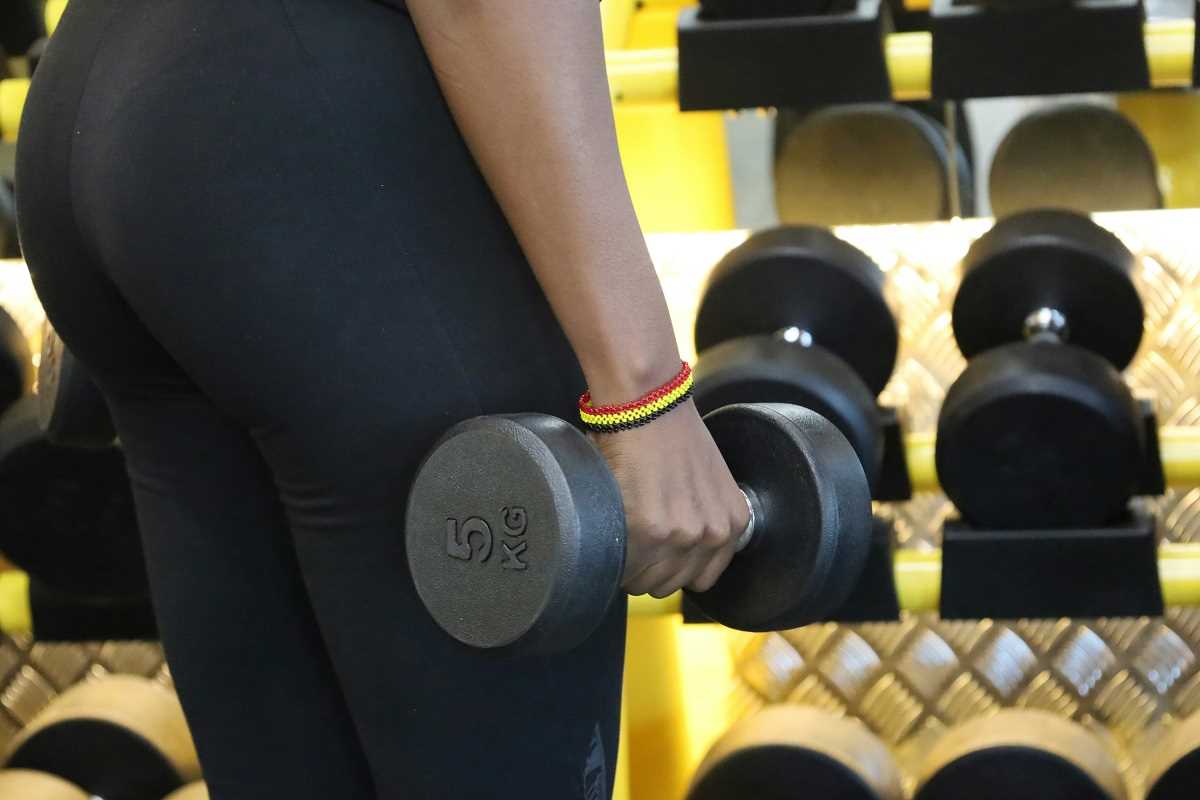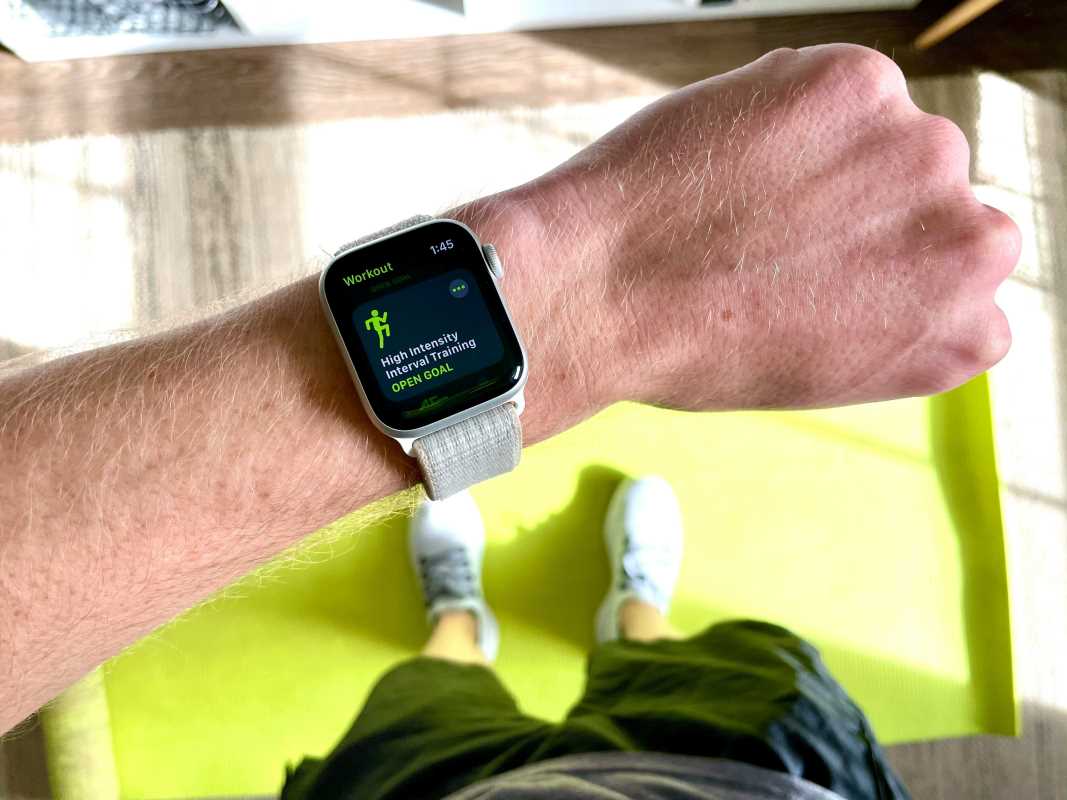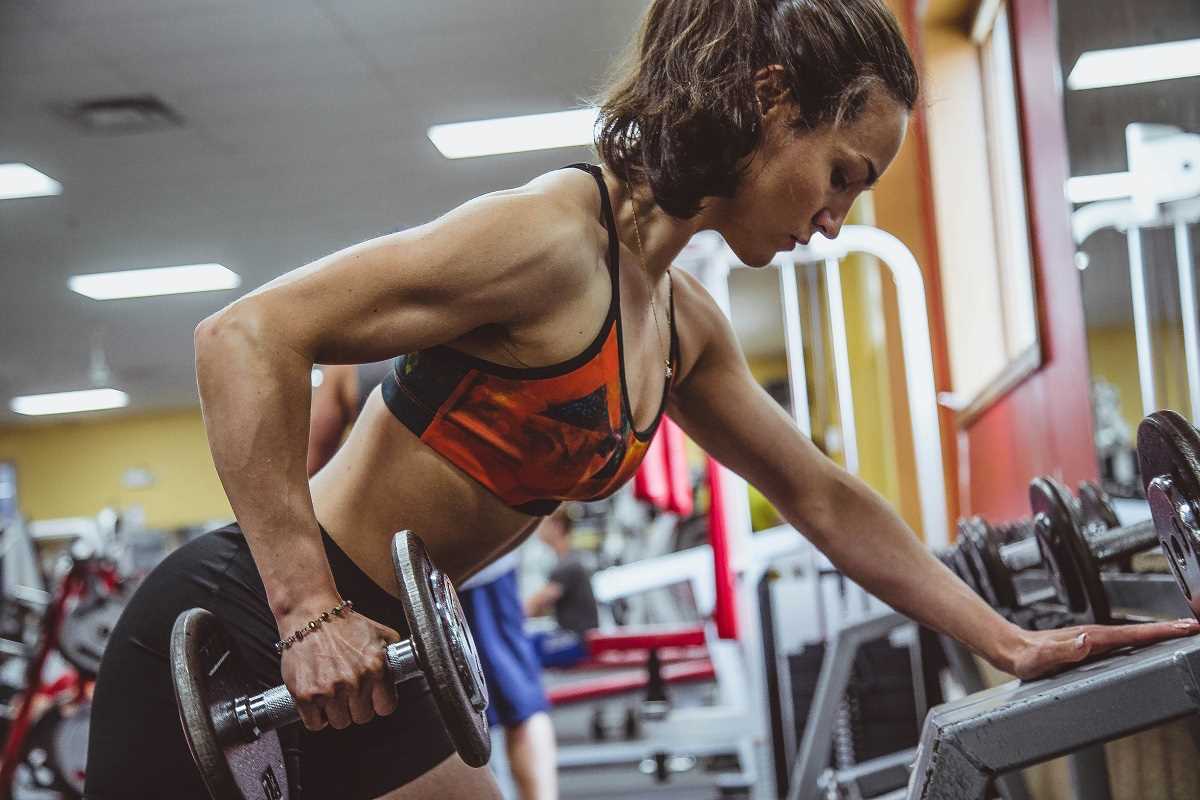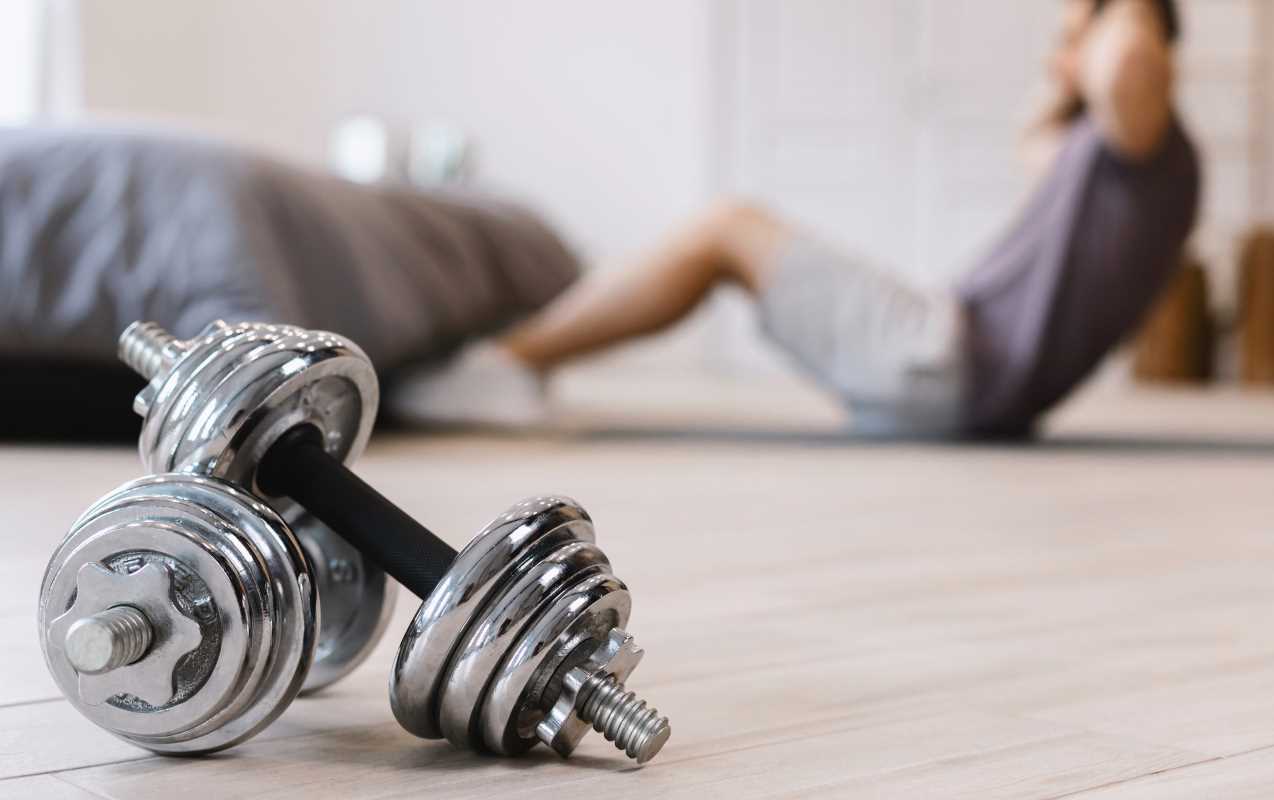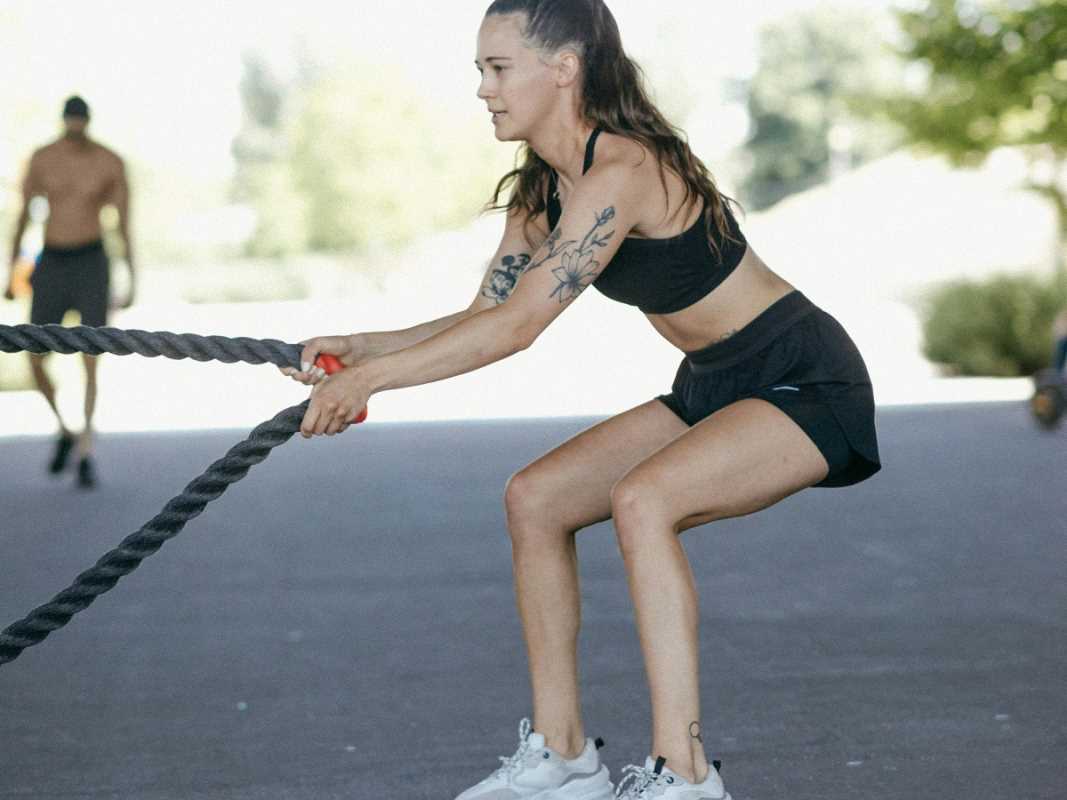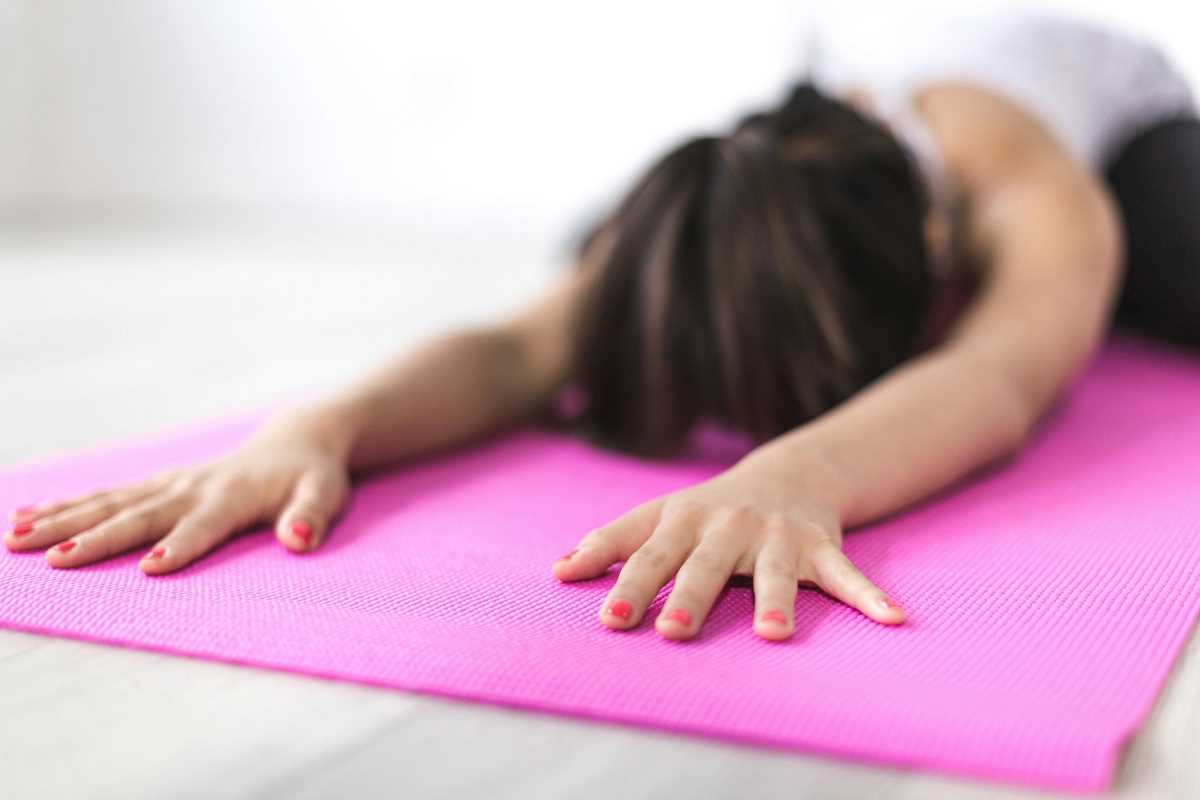Creating a workout space at home can be a game-changer, especially when you’re dealing with limited room. A modest gym not only saves space but also keeps things simple and efficient. Whether you're a fitness enthusiast or just starting out, designing a gym that fits your small space can help you stay motivated and committed to your fitness journey.
Understanding Modesty in Fitness
Modesty in fitness is all about focusing on the essentials. Instead of overcrowding your space with various equipment, it emphasizes quality over quantity. This approach helps in maintaining a clutter-free environment, making workouts more enjoyable and less overwhelming.
By adopting a modest mindset, you prioritize tools that offer the most versatility. This means selecting equipment that can be used for multiple exercises, reducing the need for numerous machines. The result is a streamlined gym that still provides a comprehensive workout experience.
Essential Equipment for Small Spaces
Choosing the right equipment is crucial when setting up a minimalist gym. Here are some must-haves that maximize functionality without taking up too much space:
- Dumbbells: Versatile for a wide range of exercises targeting different muscle groups.
- Resistance Bands: Perfect for strength training and easily stored away.
- Yoga Mat: Essential for floor exercises, stretching, and yoga.
- Kettlebells: Great for dynamic movements and full-body workouts.
- Adjustable Bench: Offers support for various exercises and can be folded when not in use.
- Pull-Up Bar: Can be mounted to a doorway, providing upper body workout options.
Designing Your Modest Gym Layout
Planning the layout of your gym is important to make the most of your space. Follow these steps to create an efficient and functional workout area:
- Assess Your Space: Measure the area you have available and consider the natural light and ventilation.
- Define Workout Zones: Allocate specific areas for different types of exercises, such as strength training and cardio.
- Choose Multi-Functional Furniture: Opt for equipment that can be easily moved or stored, like foldable benches and stackable weights.
- Utilize Vertical Space: Install shelves or wall-mounted racks to keep equipment off the floor and organized.
- Create a Focal Point: Designate a main area for your most-used equipment to streamline your workout routine.
- Ensure Accessibility: Keep frequently used items within easy reach to make your workouts smoother and more efficient.
Maximizing Space and Efficiency
Running out of space shouldn’t limit your fitness goals. A modest gym is designed to optimize every inch, ensuring you have everything you need without the clutter. Here are some tips to help you maximize your space:
First, consider using multifunctional equipment that serves several purposes. For example, a kettlebell can be used for swings, squats, and presses, eliminating the need for multiple machines. Additionally, choose items that are easy to store, such as resistance bands and dumbbells with handles that can be tucked away.
Investing in furniture that doubles as storage can also make a big difference. Benches with built-in storage compartments or wall-mounted shelves can keep your equipment organized and accessible. Keeping your workout area tidy not only saves space but also makes your workouts more enjoyable.
Cost-Effective Solutions
Setting up a gym doesn’t have to break the bank. There are plenty of cost-effective solutions that allow you to create a functional workout space without spending a fortune.
Start by repurposing items you already have at home. Use sturdy chairs for tricep dips or step-ups, and grab water bottles or canned goods as makeshift weights. Second-hand stores and online marketplaces are great places to find gently used equipment at a fraction of the cost of new items.
- Resistance Bands
- Versatile, lightweight bands perfect for strength training, stretching, or rehabilitation exercises. They offer varying levels of resistance and can target multiple muscle groups.
- Cost: $10–$50 per set, depending on quality and resistance levels.
- Adjustable Dumbbells
- Compact and space-saving, these allow users to adjust weights for different exercises like curls, presses, or rows. Ideal for strength training at home.
- Cost: $150–$400 per pair, depending on brand and weight range.
- Kettlebells
- Great for full-body workouts, including swings, squats, and presses to improve strength and endurance. Available in various weights.
- Cost: $20–$150 each, based on weight and material.
- Pull-Up Bars
- Multi-functional bars that can be mounted on walls, door frames, or freestanding. They are great for building upper body and core strength through pull-ups, chin-ups, and hanging leg raises. Some models include additional grips for versatility.
- Cost: $25–$200, depending on type and build quality.
- Medicine Balls
- Perfect for functional training, core exercises, and improving coordination. These weighted balls can be used for throws, twists, or slams, making them excellent for dynamic movements.
- Cost: $20–$100 each, depending on weight and material.
- Suspension Trainers
- Lightweight and portable, these straps use your body weight for resistance, making them ideal for strength training, flexibility, and core stability. Easy to anchor at home or outdoors.
- Cost: $50–$250, depending on the system and accessories included.
- Multi-Station Machines
- Large all-in-one systems that combine multiple exercise stations like a bench press, leg press, and lat pulldown. Ideal for comprehensive strength training in one compact setup.
- Cost: $1,000–$5,000, based on features and brand.
Each of these options offers versatility, helping you maximize your workouts while staying mindful of your budget and available space
Another smart move is DIY equipment. You can make your own resistance bands using old bicycle inner tubes or create a pull-up bar with basic materials. There are countless tutorials available online that can guide you through building simple gym equipment, saving you money while adding a personal touch to your workout space.
Designing a modest gym for small spaces is all about smart choices and creativity. By focusing on essential equipment, planning your layout carefully, and finding cost-effective solutions, you can create a functional and inspiring workout area right at home. Embrace minimalism and enjoy the benefits of a streamlined, efficient gym that fits perfectly into your lifestyle.
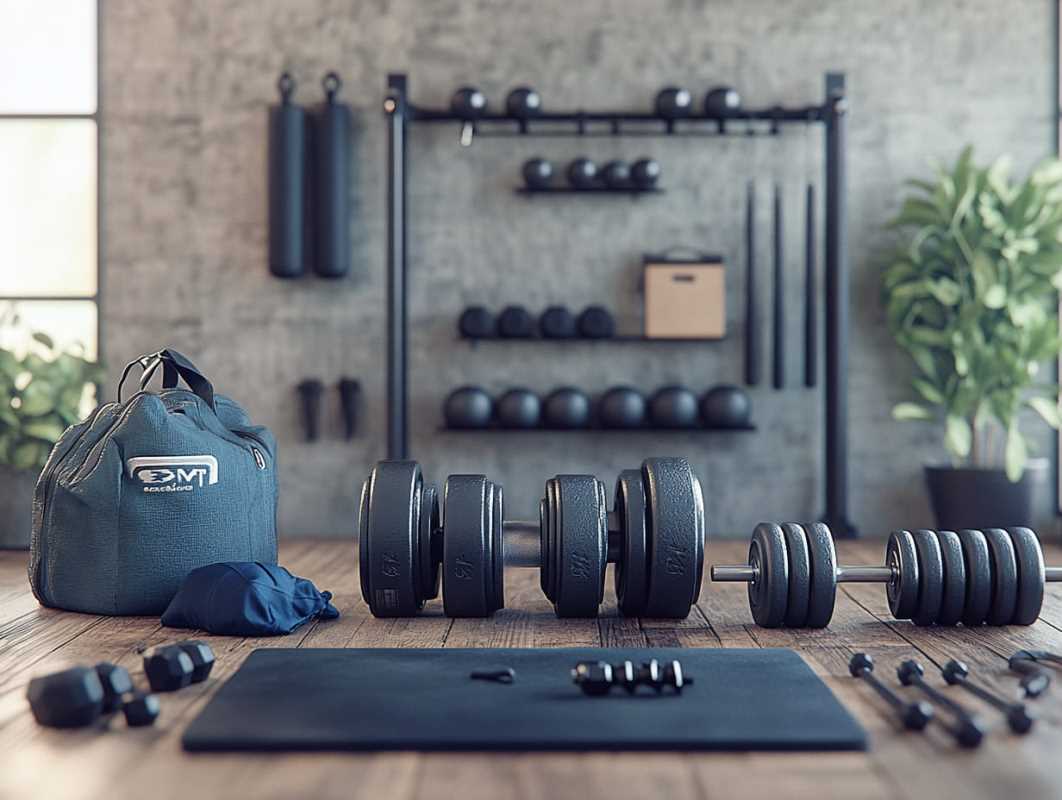 (Image source: Midjourney)
(Image source: Midjourney) 
